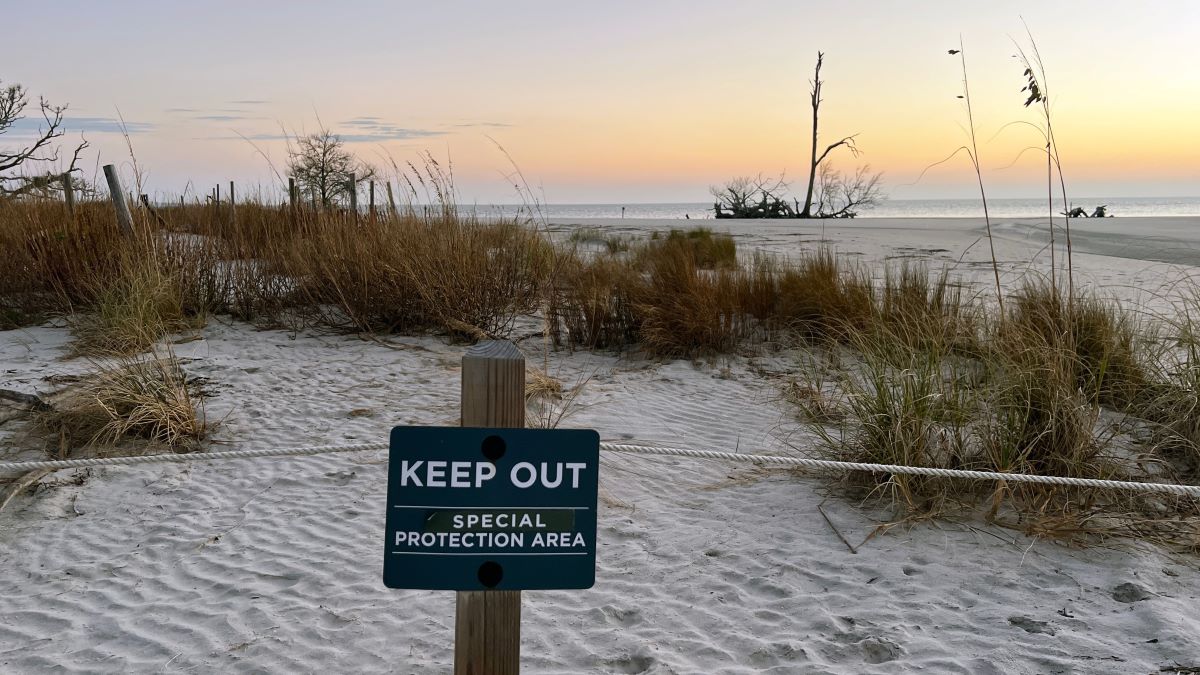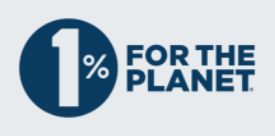-
We need to save the ocean to save the climate.
-
The ocean is our greatest ally in the fight against the climate crisis. A healthy ocean full of fish removes and stores carbon dioxide from the atmosphere, protecting us from the worst impacts of climate change.
-
The ocean is full of the most incredible wildlife on earth. From the smallest phytoplankton to the biggest whale, life in the ocean is beautiful and mysterious. But these species do not just inspire awe and wonder, they play a vital role for our planet too. An ocean teeming with life captures and stores carbon dioxide, thereby reducing the impacts of climate change. Fish are not the only marine creatures that do this, but they are among the most prolific. The more fish in the sea, the less climate change in the world.
-
The ocean is grossly overfished using methods that fundamentally damage it. On land, we know that if you cut down trees you need to plant more. Overfishing is like bulldozing the entire forest.
-
Overfishing is a human rights problem, a food security problem, and a global justice problem. And it worsens the impact of the climate crisis, which drives all of those problems too. If we are to survive, we must end overfishing and look after the biodiversity of our oceans.
-
The climate crisis is complicated, but action doesn’t have to be. Stopping overfishing is a straightforward, positive action that can make a huge difference in the fight to tackle climate change.
-
The laws and policies we pass now can protect the ocean and the planet for future generations. There are simple steps decision makers can take to end overfishing today, which will protect us tomorrow and into the future.
Facts & figures
-
The ocean contributes almost half of the annual primary production on Earth - it's a massive ecosystem, not just a body of water!
-
The ocean covers over 70% of Earth, produces up to 50% of the oxygen we breathe, and is responsible for absorbing over 90% of manmade heat; without it the temperature on Earth would be 35 degrees hotter!
-
Marine sediments form the largest pool of organic carbon on Earth, which is estimated to store about 38 trillion metric tons of carbon. The carbon stored by the top layer of marine sediments is nearly double the amount contained in all terrestrial surface soils.
-
Marine species, as part of the ocean’s carbon pump, have an indispensable role in mitigating climate change. An ocean teeming with life allows for carbon sequestration; specifically, it has been estimated that fish contribute to 16% of total ocean carbon flux.
-
Overfishing is damaging ocean ecosystems and weakening the ocean’s ability to continue absorbing carbon and heat.
-
The fishing sector’s carbon footprint is magnified when bottom trawling disturbs carbon retained in seafloor sediment. Dragging heavy nets along the seafloor re-releases CO2, which may have been sequestered for millennia. European seas are the most heavily trawled in the world.
-
Climate change is further accelerated through fuel consumption by EU fishing fleets, which account for nearly 7.3 million tons of CO2 emissions per year.
Solutions
The EU can harness ocean-based solutions by minimising industrial trawling and improving its fisheries management, and thereby significantly and specifically mitigate the climate emergency.
-
Remove subsidies that fuel overfishing and climate breakdown, such as fuel tax subsidies.
-
Set an Action Plan to eliminate the climate and ecosystem impacts of destructive fishing with thorough impact assessments.
-
Initiate a just transition to low-impact, low-carbon fishing by allocating fishing quota to those who fish the most sustainably and responsibly.
-
Name and deliver on sustainable fisheries as a significant climate action in UN forums like the UN Framework Convention for Climate Change.
We have to keep up the pressure because if we don't things will get worse.
The blog song for today is: "Moby Dick" by Led Zeppelin
TTFN












